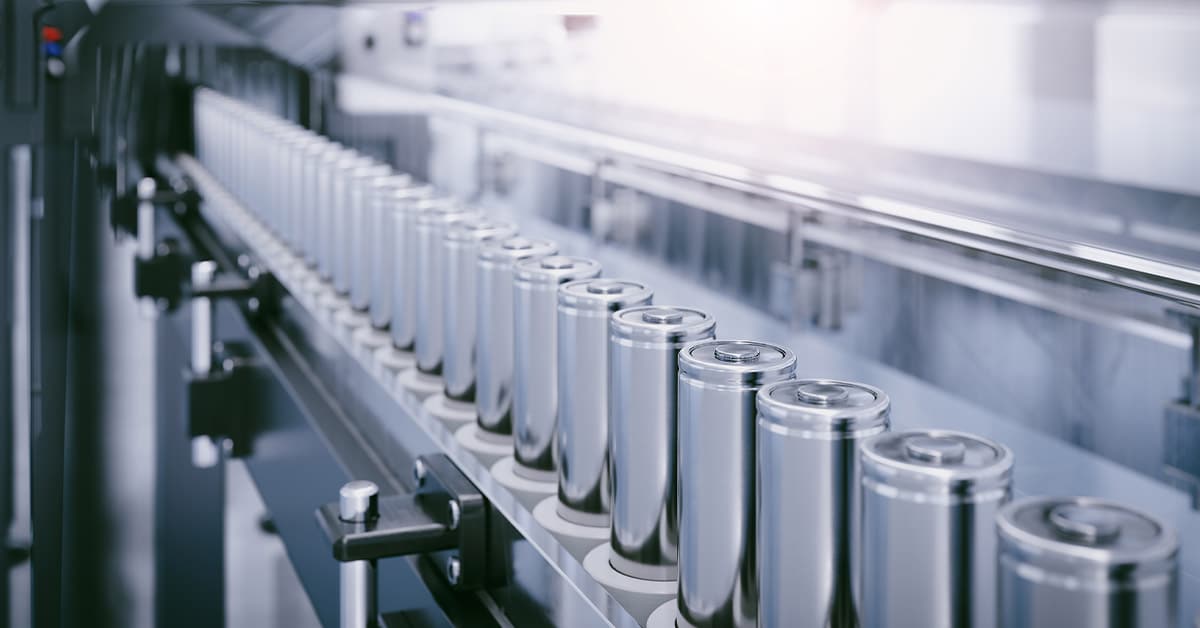Production capacity is always finite — there’s a limit to the number of units that can be put out each shift, day or week — and manufacturers want to avoid promising unachievable delivery dates. At the same time, they need to ensure every resource is utilized as fully as possible because not doing so incurs waste and excess costs. These are two challenges, both of which can be addressed by a single tool: manufacturing capacity analysis.
This blog explores capacity analysis, and the related subject of manufacturing capacity planning. On completion, the reader will know how these are defined and used, and why they are used. If you need to answer the question, “What is manufacturing capacity, and what should it be?” this is for you.
What is manufacturing capacity?
Capacity is the maximum output possible over a period of time. For a single machine, capacity is the number of minutes in the time period, divided by the part rate at full speed. As an alternative to number of pieces, quantities can be expressed in weight or size.
Capacity is usually determined at the level of a line or plant. In this case, manufacturing capacity is the quantity of product or number of pieces that can be produced per time period, (often per week, month or even per year).
Types of manufacturing capacity
When stating a number for manufacturing capacity it’s important to stress the assumptions that were made. This is because, in the real world, a line cannot produce for every minute of every day. Periods without production are inevitable, and in fact necessary for output to be sustained over an extended period.
This leads to the three widely used types of capacity:
- Design: This is the theoretical maximum. It’s what would be produced if the line ran continuously at full speed. Design capacity output is not sustainable over a prolonged period.
- Maximum Effective Capacity: This is the maximum output achievable under real-world conditions. This means time has been subtracted for breaks, equipment maintenance, changeovers (if needed) and output lost or discarded due to quality problems.
- Actual: Taking a snapshot of the current state or performance reveals the actual capacity. This is almost always lower than the maximum effective capacity, sometimes significantly so, as breakdowns, running at less than full speed, material shortages and more can all reduce output.
Manufacturing capacity planning
This is the activity of determining how to align capacity with demand. It’s usually done with the goal of maximizing machinery and labor utilization while simultaneously ensuring demand can be satisfied. However, two slightly different but related purposes are to estimate how long a customer must wait for their order if demand exceeds capacity and to determine the size of buffer stocks needed to accommodate demand fluctuations.
Determining the production capacity needed involves:
- Forecasting demand: Historical records can provide some insight, but this becomes much harder when predicting demand for a new product.
- Assigning resources: The manufacturing routing defines the machinery and labor needed to produce a unit of output. Combined with the demand forecast, this reveals the required production capacity.
- Determining buffer requirements: Buffers enable production smoothing to meet demand levels. If demand exceeds capacity, finished goods buffers may be a solution.
- Evaluating alternative scenarios: Rather than rely on a single demand forecast, production capacity planning should consider a range of scenarios. These might include disruptions to production as well as fluctuations in demand.
The end result of a capacity planning study is that management will know where gaps exist between required and available capacity and will have a plan to deal with it. This might include adjusting shift patterns, installing new machinery, speeding up bottleneck machinery or other actions.
Capacity planning is sometimes performed as a standalone exercise, as when calculating production capacity required for a new product. However, there are benefits in making it a regular activity, perhaps as part of the annual budget cycle, to ensure capacity remains aligned with demand.
Conducting a capacity analysis
A capacity analysis is undertaken to determine how much a machine, line or plant can produce in a given period. It will also highlight the operation or process constraining output, which enables line balancing and efficient allocation and utilization of manufacturing resources.
To perform this analysis:
- Define the production area to be analyzed.
- For each machine, determine the maximum output rate in whatever units are most appropriate. (For example, pounds per hour, pieces per day, or yards per week.)
- To determine maximum effective capacity, deduct nonproductive hours — such as those used for setup, cleaning and preventive maintenance — from the total hours available.
- Calculate the maximum effective capacity for each machine.
- The machine with the lowest capacity is the bottleneck. Line output cannot exceed what this machine can produce.
Once the bottleneck is identified and its productive capacity quantified, management can make decisions around how best to allocate manufacturing resources.
Benefits of manufacturing capacity planning
Production capacity management is key to efficient resource utilization. Specific benefits from analyzing capacity and performing capacity planning are:
- Know where the constraint is in each production line: If productive capacity at the bottleneck is less than needed to meet demand, management needs to take steps to add additional capacity, or build inventory (only beneficial to accommodate a short-term spike in demand).
- Provides focus for continuous improvement efforts: An extra hour of capacity at the bottleneck means an extra hour of output from the line or system, so targeting efforts here yields a larger payback than looking elsewhere. These efforts could include increasing machine availability by implementing predictive maintenance and reducing changeover time.
- Reallocate under-utilized resources to other operations (if the surplus is temporary): Or remove them from the business, (if the surplus will otherwise be permanent).
- Establish realistic lead times for orders being put into production: Reliable lead times ensure customers are given realistic delivery dates and support better production scheduling and cash flow management.
- Yields an important productivity metric for the business: Measuring the gap between actual output or capacity utilization and maximum effective capacity shows how well the business is utilizing its assets. (OEE can perform a similar function but is more suitable for individual machines or lines while capacity analysis and utilization provide a higher level overview.)
Capacity planning in the manufacturing industry
Businesses seeking to improve manufacturing efficiency should use, or increase their use of, production capacity planning. By determining the maximum effective capacity of the production system, they can make informed decisions about how to meet customer demand while increasing resource utilization.
Capacity analysis can be performed as a standalone or one-off exercise to address a specific problem or as part of a new product introduction. Greater benefits are realized though by making it a regular part of a capacity planning cycle, possibly linked to the annual budgeting process.
Actions taken to increase bottleneck capacity often have a larger return on investment. In many manufacturing operations one of the easiest ways of achieving this is by reviewing and improving the maintenance strategies in place. In particular, a switch to predictive maintenance can reduce downtime significantly and increase availability.
As a leader in outsourced industrial maintenance, ATS helps manufacturers stay competitive by getting the highest possible output from their production assets. Contact us to learn how our skilled maintenance technicians can help get and keep equipment running at peak performance.






